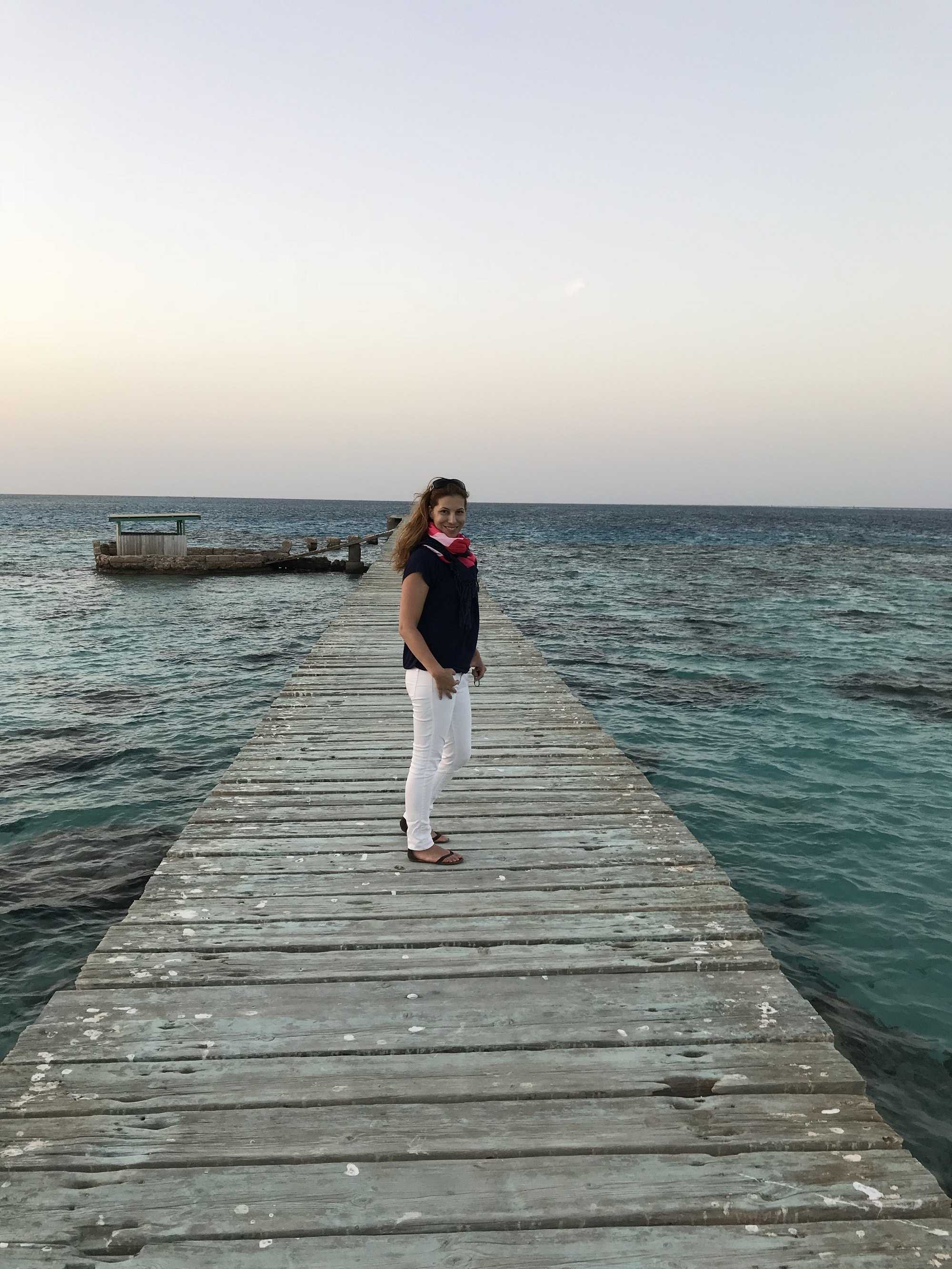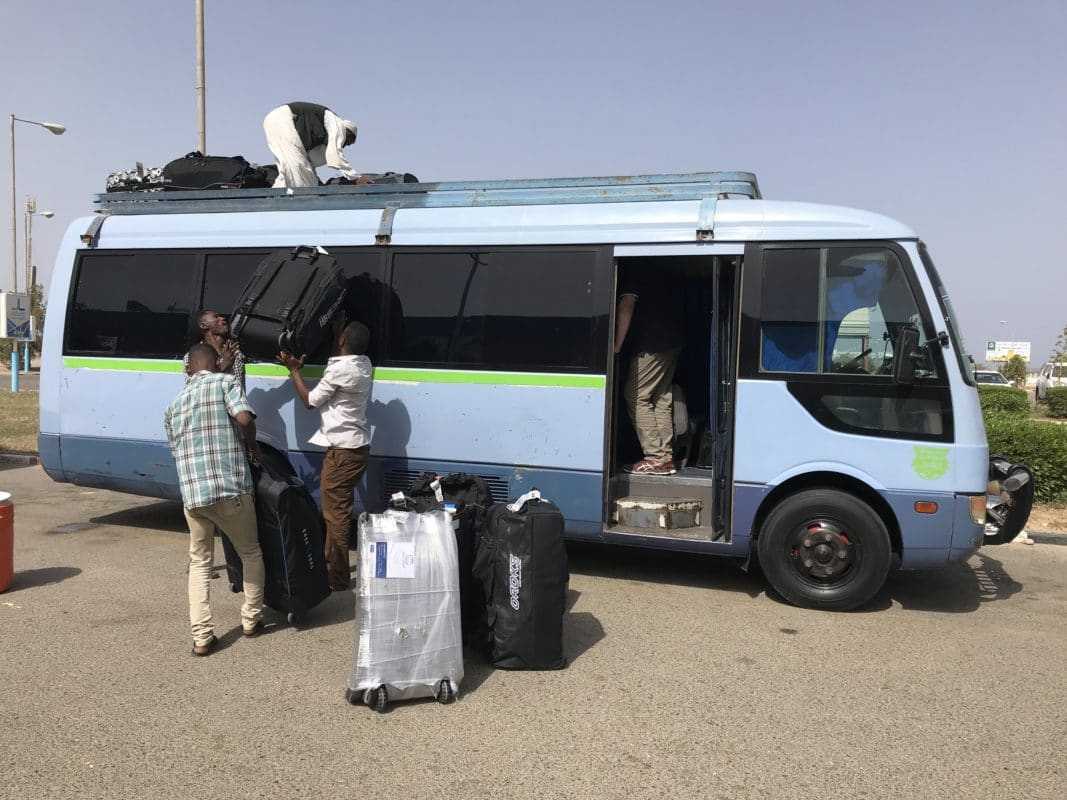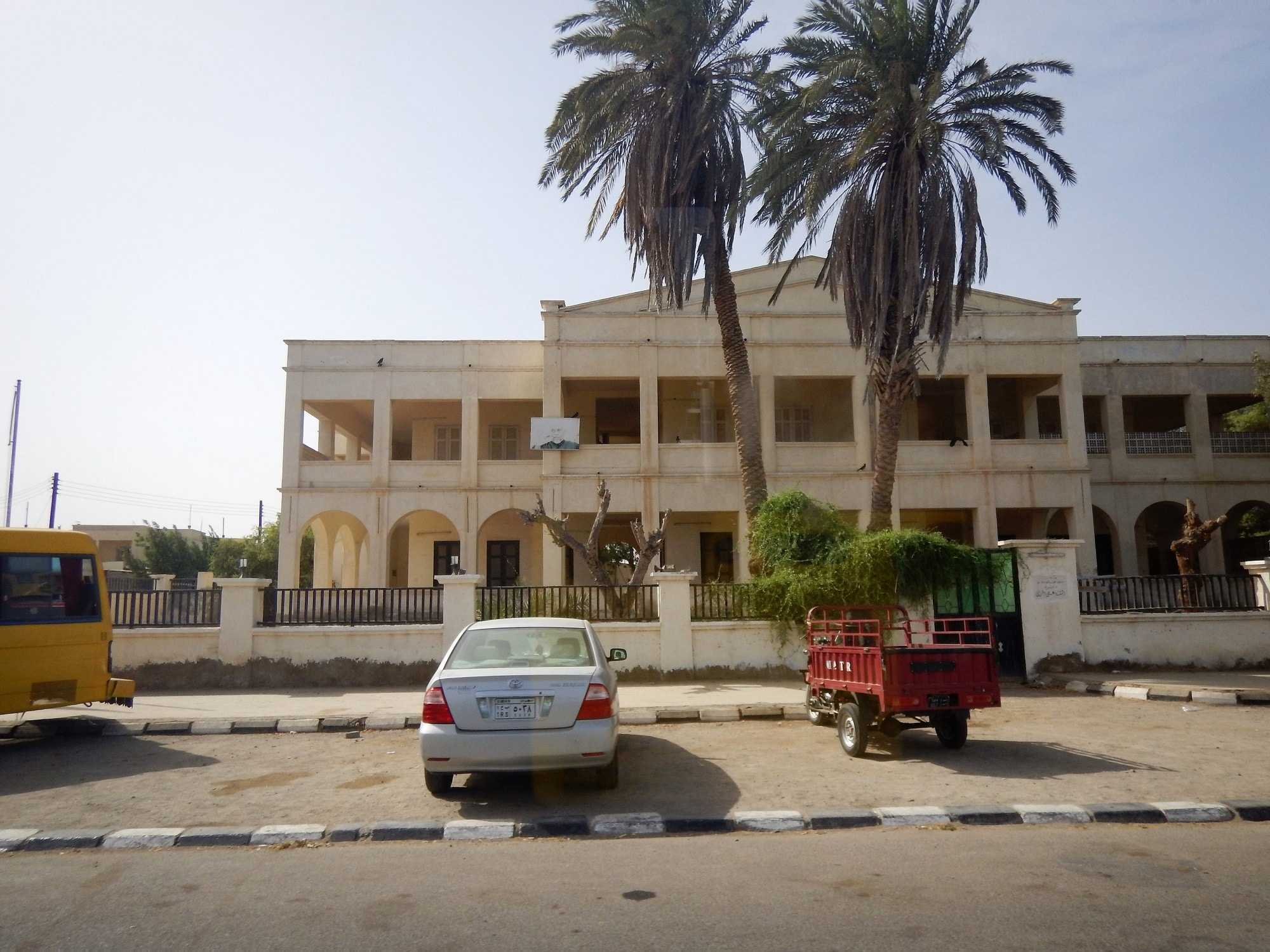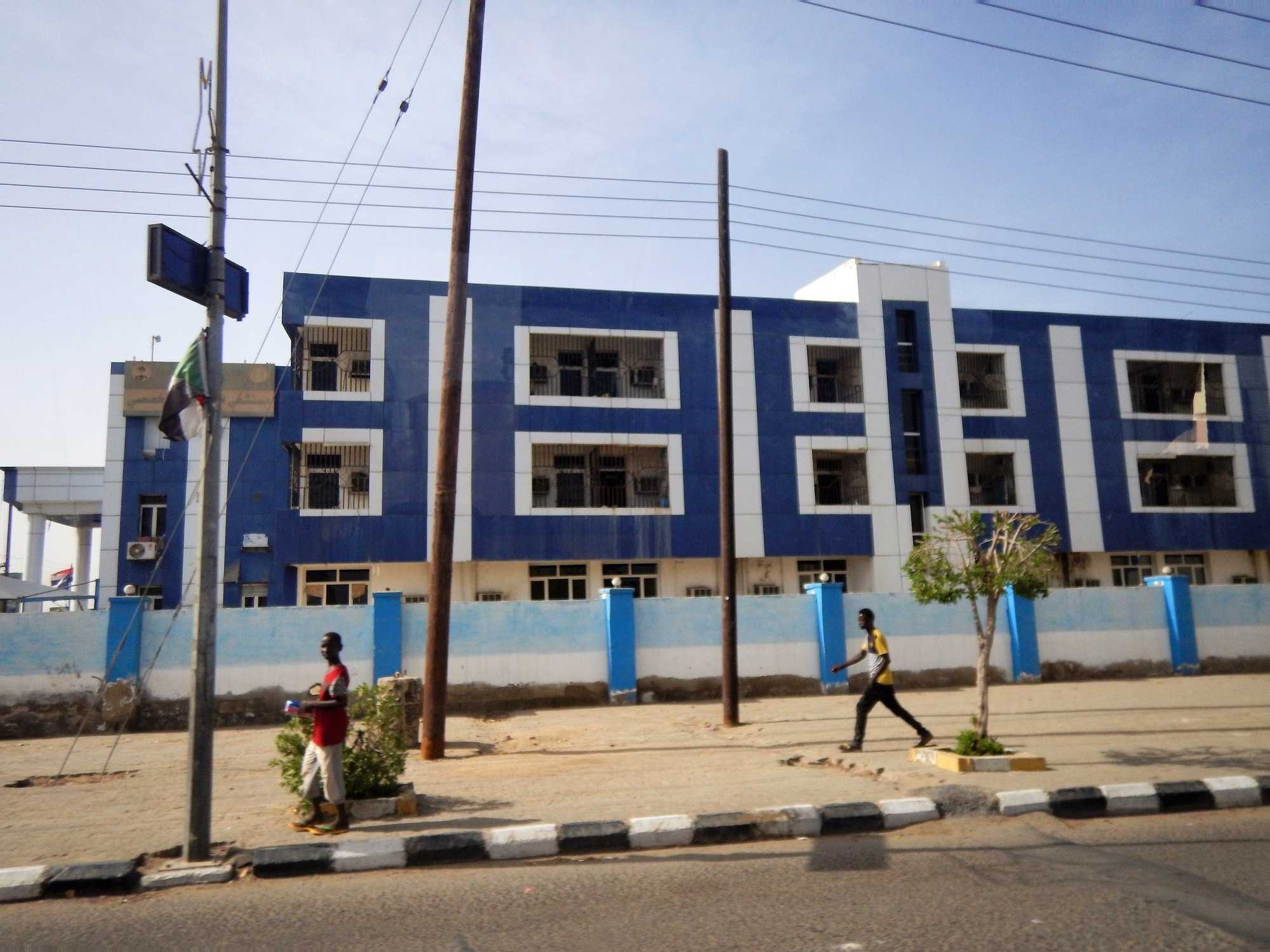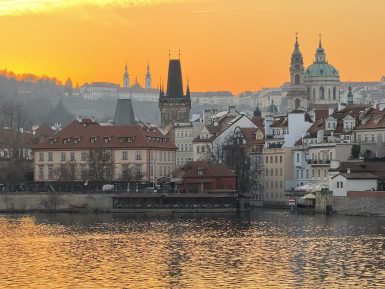How did I end up in Africa’s once largest country, which from time to time is the site of protests and bloody wars? Moreover, it is an ongoing player in the list of countries supporting terrorism. I never really planned to go to Sudan. Even for the above reasons, it didn’t seem like an attractive destination. As passionate as I am, I put safety first. Since I’m survived cancer, I don’t want my life to depend on things like this, like being shot or kidnapped somewhere. However, life has made it possible for me to spend a week in this nowadays, sadly unsafe country, which has been the greatest adventure of my life.
Part of the story is that I’m obsessed not only with travel but also with the diving and often enjoy the hospitality of the Red Sea. When I was on a diving boat last time the captain of the ship told me that if I want to see something beautiful underwater, I have to go to Sudan instead of Egypt, where the sea is still intact. He also mentioned the ship (Andromeda) for which he is responsible is in Sudan for 2 months every year. So with a clever marketing action, he immediately got my interest in Sudan. After several months of preparation, during which I became protected from all possible threats (e.g. yellow fever, Hepatitis A+B, Tetanus), I became a risky citizen and was excluded from several countries due to a Sudanese visa (e.g. USA, Israel), I was finally able to leave for Sudan.
Given that there is no direct flight from Budapest to Sudan, not even from the nearby, I managed to get to the destination in nearly 1.5 days. Although I had been to several African countries before, I immediately knew that this would be an incomparable experience than before. Here in Port Sudan, there is no infrastructure, there are no gleaming hotels or air-conditioned shops, and in most places, there is not even a signal. This is really just for people who want to have a very special and wildly novel adventure and follow in Cousteau’s footsteps at the end of the world and immerse themselves in the pristine world of the Red Sea.

But before I get to the bottom of the sea, let’s take a look around at what you know about this country. Sudan was once Africa’s largest country until a bloody civil war came and millions of civilians died. After the war, the southern part of the country became a separate state called South Sudan, while the northern part remained Sudan. Sudan’s economy collapsed after the separation. South Sudan took with it three-quarters of the oil fields, while the structure and processing plant needed for refining remained in the “mother country”, Sudan.
Sudan is currently the world’s 28th poorest state (GDP per capita is just $992) and has been under famine weight for years and at least 7 million people need food aid on a daily basis. At the same time, with the separation of the two countries, ethnic conflicts and bloody fighting have not ceased: at least 2.5 million people have fled Sudan and many civilians have been killed by ethnic cleansing. President Omar al-Bashir, who has been in power for 30 years, has been accused of genocide by the International Criminal Court in the Darfúr region, killing not less than 400,000 lives. Probably not because of this, but while I’m writing these lines, the president of Sudan was overthrown and there is currently a state of emergency in the country.
Fortunately, we landed thousands of kilometers far from all these dangers at Port Sudan’s international airport, which is not the image you would think of an airport. There’s no bathroom for women, the store thought to be duty-free was closed. Let’s say there was nothing in it except a few toothbrushes and shirts. And don’t even dream of a café or buffet, where you can freshen up after a long journey, that would be a luxury here. Fortunately, the drivers of the buses waiting for us were not as subtly as we were after 1.5 days of traveling and threw our suitcases on the roof racks of the old Toyota buses easily as if they had not weighed 30 kg. Each luggage.
Most divers arriving in Port Sudan don’t see much of the mainland. Like us, we were immediately taken to the port and put on a large ship to spend a week sailing out of there in complete isolation (meaning signal, total lack of land and other people). Luckily, we had some time to look around the city on the last day, and we even took a trip around the area, so I can give you a taste of what Sudan was like. More than 50% of the country’s territory is desert and only 10% is covered with green vegetation or wood. Even if sand seems worthless, it is still an important component of our planet, as is air, water, plants and farmland. Besides, the desert is far from as empty as it looks. Every bush and stone belong to someone.

Many people live in the desert around Port Sudan, estimations say more than 50,000, including descendants of the Beyan tribe. They used to control the northern Sudanese region and oversee the extraction of strategy league mines from which the gold of the pharaohs also came. To this day, they live a nomadic, wandering lifestyle and mainly engage in livestock farming. Their lightweight acacia huts and huts can be easily disintegrated, so they migrate north or south within the country. Their main food sources are camel milk and so-called “dura” flour. Although they live close to the beach, they do not eat fish at all, as it has not been built into their diet over the centuries. If they do occasionally give their heads to fishing, the loot caught in this way is sold for money.
97% of people in Sudan follow the religion of Islam and its Sunni branch. Instead of the usual black burqa, women wear airily light-colored clothing and veils. They gave the Western eye a particularly refreshing look with their painted faces, gazelle-like figures, and proud gait. They were like the roses of the desert after heavy rain. There are not many attractions or historical sites in Port Sudan, given that the whole city was built in the early 20th century. If you want to get a taste of the past in the area, you should aim for Suakin, 65 km from the city. Suakin was founded around 600 A.D and was once Sudan’s brightest port city. Its monumental buildings were built from corals extracted from the sea, most of which have now become complete. Although promises were made to restore the old splendor, I did not see many signs other than an information board that anything from the millions of euros in aid would be realized.
The fall of Suakin is due to the rise of Port Sudan, which took over the role of the country’s most important port after 1920. Interestingly, Sudan was once Africa’s largest country, yet it has only 650 km of Red Sea coastline. Port Sudan still has significant trade in various building materials, cotton rubber, furs and shoe pastes. The latter is one of the country’s most important export goods and nearly 70% of shoe care products available in the world come from here.
As part of the one-day free program, I managed to visit the Port Sudan market, which for me was one of the most positive experiences of the tour. Strictly after diving, of course. The best way to get to know another culture is to go to the local market and observe people’s daily activities like shopping. Being at Port Sudan’s vegetable market was a wow experience for me. I haven’t seen so many beautiful, sun-matured and 100% bio vegetables and fruits in one place before. In addition to the color cavalcade, there could be no complaints about the tastes. The mango purchased here, the piece of which cost about HUF 50, tasted unlike anything else, as well as peanuts bought from the lady sitting in green clothes on the ground. Even though we were told not to take to pictures on the market and about people, or if so, ask for permission, but after a while, we noticed that we were started taking pictures by the locals. I guess not too many European tourists come to the vegetable market here.
If I had to briefly describe my impressions of Sudan, I could give a very ambivalent answer. On the one hand, I have seen a lot of poverty and misery that was a shocking experience for a European raised up girl, who got used to the prosperity. In fact, most of the world’s population lives in very poor circumstances I know, from which it is very difficult, but rather impossible, to break out. At the same time, in the eyes of these people, I could not discover the slightest sign of sadness or bitterness. We were greeted with sparkling eyes, friendliness and interest. If anyone they could really have a cause for complaining. Instead, they live their daily lives cheerfully and rejoice in the little things in life, like a Saturday night dance or playing music together on the beach. Interesting…

In my next post, I will guide you to the underwater world of Sudan. Stay with me and stay tuned.



